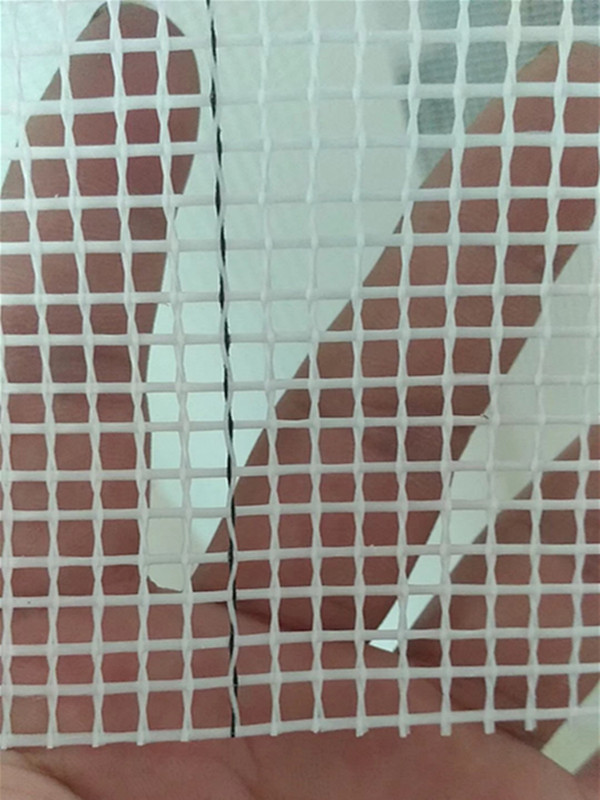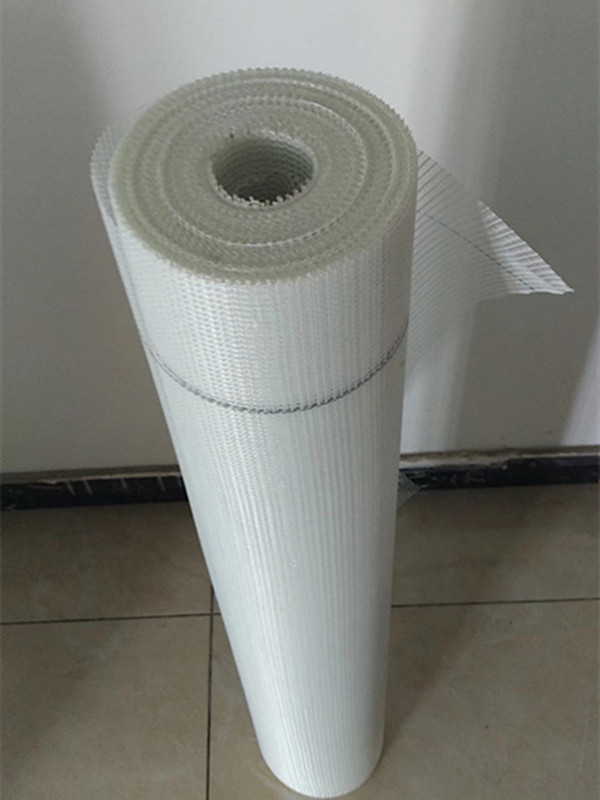"Internet + medical health" ushered in a wave of spring in 2018. On April 26, the State Council issued the "Opinions on Promoting the Development of "Internet + Medical Health"", demanding that the application of advanced technologies such as the Internet and artificial intelligence in the medical and health fields be vigorously promoted. Science and technology is breaking through the traditional medical copper wall to a higher level of synergy, promoting the transformation of China's medical care center to a health-centered medical security system.
In the context of the gradual opening up of national policies, the industry is also prosperous. First, on May 4th, Ping An’s doctor went public on the main board of Hong Kong and became the first Internet medical service in China. Subsequently, the Internet medical unicorn micro-medicine announced that it has completed 500 million US dollars of financing, with a valuation of more than 5.5 billion US dollars, becoming the global Internet medical care. The largest unicorn in the field.
As the two super-powers in China's Internet medical field, Ping An doctors and micro-medicines will be the first to reach the top of the medical health industry, "Beads", becoming the industry leader. Interestingly, the two giants chose different climbing paths when they rushed to the top of Mount Everest. Compared with the speed of the summit, the different path choices of the two industry giants may be worthy of comparative analysis.
The difference between the southern slope and the north slope
In general, there are two main routes to the summit of Mount Everest, one is the southern slope and the other is the northern slope. The southern slope needs to cross a vertical “Khumbu glacierâ€. The environment is sinister, but the path is short and the climbing speed is relatively fast. The northern slope developed by the Chinese mountaineering team, although the danger zone is not much, but the long path and the difficult nature Conditions greatly test the physical and mental resilience of climbers.
From the perspective of the industry's entry path, the mode selection of Ping An's doctors and micro-medicines is like the Everest conqueror with two different paths. Ping An Good Doctor made a force from the user side, built a medical e-commerce platform with Internet traffic thinking, and chose to start from the southern slope, with rapid resources and harvesting a large number of users in just three years. The micro-medicine cuts into the supply side, optimizes the combined medical supply chain by embedding medical institutions and connecting doctors, and constructs the HMO system, which is a long slope to climb for a long time.
Since its establishment in April 2015, the position of Ping An Doctor has been very clear, that is to become the largest online traffic portal of Ping An Group. The traffic platform is both the strategic direction of a safe doctor and the lowest level of business logic.

In order to obtain traffic, Ping An’s doctors spare no effort. From 2015 to September 2017, Ping An Doctor paid a total of 80.82 million yuan to Ping An Group for three consecutive years to realize the internal diversion of the group. At the same time, he invested 600 million yuan to carry out marketing activities such as “step by stepâ€. Siphon flow is subsidized with a high amount. Before the listing on May 4, Ping An's registered users exceeded 200 million, and said that the monthly users reached 32.9 million, becoming China's largest Internet medical platform.
Wang Tao, the founder of Ping An Good Doctor, publicly stated that “scenario, traffic, income, profit†is the “strategic quadruple†of Ping An’s doctor, and said that Ping An’s doctor is still in the stage of traffic acquisition. In the future, Ping An Good Doctor will increase platform traffic and increase ARPU. Drive the development of medical and health e-commerce platform with large flow, and achieve the expected goal of creating a healthy consumption portal.
Different from Wang Tao's logic, the founder of micro-medicine, Liao Jieyuan, believes that "in the medical field, supply determines demand." In a report interviewed by Xinhuanet on May 11, he said that the medical supply capacity determines the future of the industry. The most real need of the people is to help him establish a quality and efficient supply of medical and health services.

In 2010, the micro-medical doctors cut through the appointments to help more than 2,400 hospitals nationwide to set up an appointment registration platform. In 2015, when the Wuzhen Internet Hospital became a gold-plated signboard, the micro-medicine helped the 19 provincial central hospitals across the country to land an Internet hospital, helping more than 100 central hospitals to establish a medical association and family doctor signing platform.
Subsequently, the micro-medicine extended the tentacles to the grassroots level, set up a county-level intelligent grading diagnosis and treatment platform, and connected from the most basic village clinics to the county-level leading hospitals; from the promotion of basic public health services to the general medical services. Specialized medical services. The general science, traditional Chinese medicine, image-assisted diagnosis platform supported by artificial intelligence technology, and the whole-academy and remote consultation platform supported by mobile Internet technology empower the grassroots medical staff.
The regional grading diagnosis and treatment platform represented by Heilongjiang Provincial Population Health Information Platform and Henan Pingding Mountain is a typical path for micro-medicine to connect with supplier resources.
In the past 8 years, with 2H2C as the main axis, micro-medicine has become the deepest and most extensive Internet medical platform in the nationwide connected hospital. With the deep binding with the medical supply terminal, the micro-medical company has announced that its platform has more than 160 million real-name users and more than 2,700 monthly active users. Million. At the same time, the micro-medicine has also planned to build 100 micro-medicine general-purpose centers and deep integration with public medical institutions to build a new HMO system of “online + offline, general science + specialistâ€.
Although the development path of Ping An's doctors and micro-medicines is different, they have all been recognized by the market. On May 4th, Ping An’s doctor first landed on the Hong Kong Stock Exchange and sounded the first Internet medical treatment. On May 9th, the micro-medical company received a $500 million financing from AIA and NWS Holdings, with a valuation of 5.5 billion. The US dollar has become the largest unicorn in the global Internet medical technology field.
Debate between supply and demand
The relationship between supply and demand is the basic logic of market activities, and it is also a contradiction between a pair of movements. Different understandings of the supply and demand relationship in the medical industry determine the path choices for different business models for supply and demand.
Stimulate supply with demand, and then reshape the supply side to achieve a balance between supply and demand. This set of Internet supply and demand rules are tried and tested in simple, standard demand areas, such as travel, finance, information, and life services. However, in the field of complex and non-standard medical services, whether the rule of traffic is king is applicable and needs to be re-examined.
In fact, medical needs are a complex, long-term and individualized need. Founder Securities analyst Zhang Changxin has divided the user medical treatment process into nine important links: health management, self-diagnosis, self-medication, clinical consultation, waiting, diagnosis, treatment, hospital rehabilitation, and out-of-hospital rehabilitation (chronic disease management). These 9 medical treatment links contain all the user's medical service appeal points. The stronger the user's needs, the greater the value of the service. Among them, the diagnosis and treatment services are most needed.
Starting from the needs of users, if the Internet medical platform can only provide shallow services such as registration and consultation, it can not go deep into the diagnosis and treatment, and can not solve the core medical treatment and medical problems, and its service value will be very limited. We have seen that the early online “light consultation†has not been able to break out for many years, even though the core reason why the traffic giants such as BAT have little breakthrough is here.
From the two indicators of the total amount of medical services and the total expenditure of health expenses, China's medical service market has shown a trend of rapid growth for many years, and it is always in a state that cannot be effectively met. According to the statistics of the National Health and Health Commission, from January to November 2017, the total number of medical treatments in the national medical and health institutions reached 7.3 billion, a high growth rate for four consecutive years. In the past five years, China's total health expenditure has also maintained a growth rate of nearly 20%. With the accelerated aging of the population and the intensification of chronic diseases, these two indicators will remain at a high level in the future.
Compared with the demand for medical services, China's medical service supply has shown an extreme imbalance. First of all, the total amount of medical services in China is insufficient. In 2016, China's total health expenditure as a percentage of GDP remained at 6.2%, far below the US's 17.1% and Japan's 10.2%. Second, medical resources are unevenly distributed. There are 998 tertiary hospitals in 11 provinces in the east of China, and only 1125 tertiary hospitals in 21 provinces in the central and western regions; public hospitals with a ratio of only 1.28% account for more than 30% of medical services; 99.1%, community health service center is only 55.9%.
Deloitte & Touche has reported that the root cause of China's “difficulty in seeing a doctor and expensive medical treatment†for many years is due to the inability of medical service supply to meet the demand for medical services that are growing too fast. The most urgent task for China's medical reform is to carry out medical supply-side reforms, improve the supply of medical services, and improve the distribution of medical resources.
Even in the United States, where medical services are highly market-oriented, it is not difficult to find out the logic of medical service supply to determine medical needs. The Caesar Group of the United States has 38 hospitals, 18,000 doctors, and more than 600 community-based general clinics, forming a system of medical resources supply capabilities. With this service capability, Caesar Group can provide members with a series of continuous and active services covering health management, medical services, health interventions, etc., which makes Caesar's health indicators of more than 10 million members ranked for many years in federal medical insurance and commercial health insurance. the first. Caesar Group has also become the most successful HMO in global operations.
It is not difficult to find that the core competitiveness of the Internet medical surface is that “the sick patients have the worldâ€, especially in the case that Chinese public hospitals dominate, doctors’ free practice has not yet landed, and resource allocation is unbalanced. In fact, the real logic is Hospitals, doctors have patients." In the business model of “Internet + medical healthâ€, it is necessary to grasp the advantages in the supply of medical services and form barriers by integrating offline medical resources.
On April 28th, the "Opinions on Promoting the Development of "Internet + Medical Health" issued by the General Office of the State Council provided a rare opportunity for Internet technology companies. In addition to recognizing the establishment of Internet hospitals based on physical medical institutions, the opinions also actively encourage medical institutions to use Internet technology to construct online and offline integrated medical service models covering pre-, post-medical and post-diagnosis, and to promote telemedicine services covering all medical complexes across the country. And county hospitals. This is undoubtedly a great opportunity for the Internet to hand in the hospital.
Even if the market is rampant, the fundamental breakthrough of "Internet + medical health" lies in the return of value. As for the industry practitioners, they are moving from the demand side to the “South Slope†of traffic breakthrough, or from the “North Slope†of supply-driven embedded development, the core of which is to return to the need to solve the user’s fundamental pain points. The "base camp" of every climber.
Fiberglass Mesh
Fiberglass mesh is made by soaking and coating with macromolecular alkali-resistant latex on the basis of C-fiberglass and E-fiberglass. The color of fiberglass mesh is white, black, organge, blue, yellow or as per customer's needs. And the fiberglass mesh's package can also as per customer's requirement to finish. The fiberglass mesh be widely used on : wall reinforcement, reinforced cement products, waterproofing favrics, the roof waterproof, enhance the skeleton of plastic and rubber, fire prevention board, highway parements, joint tapes of buildings.
The advantages of fiberglass mesh:
high strongth
good alkali resistance
prevent cracks and deformations
easy to be constructed
more durable


Fiberglass Mesh,Fiberglass Mesh Screen,Woven Fiberglass Mesh,Fiberglass Mesh Tape
ANPING COUNTY SHANGCHEN WIREMESH PRODUCTS CO.,LTD , https://www.scwiremesh.com